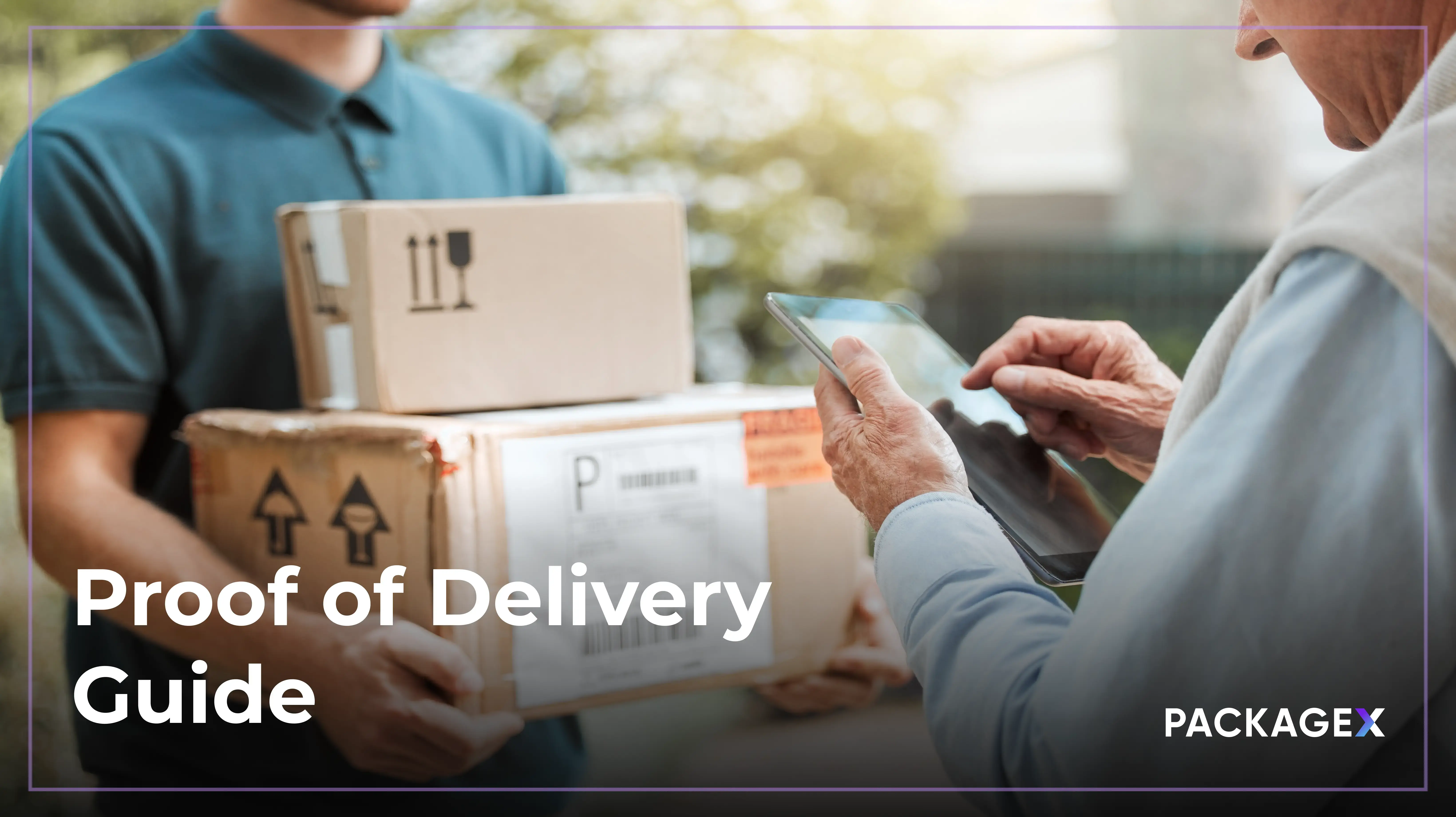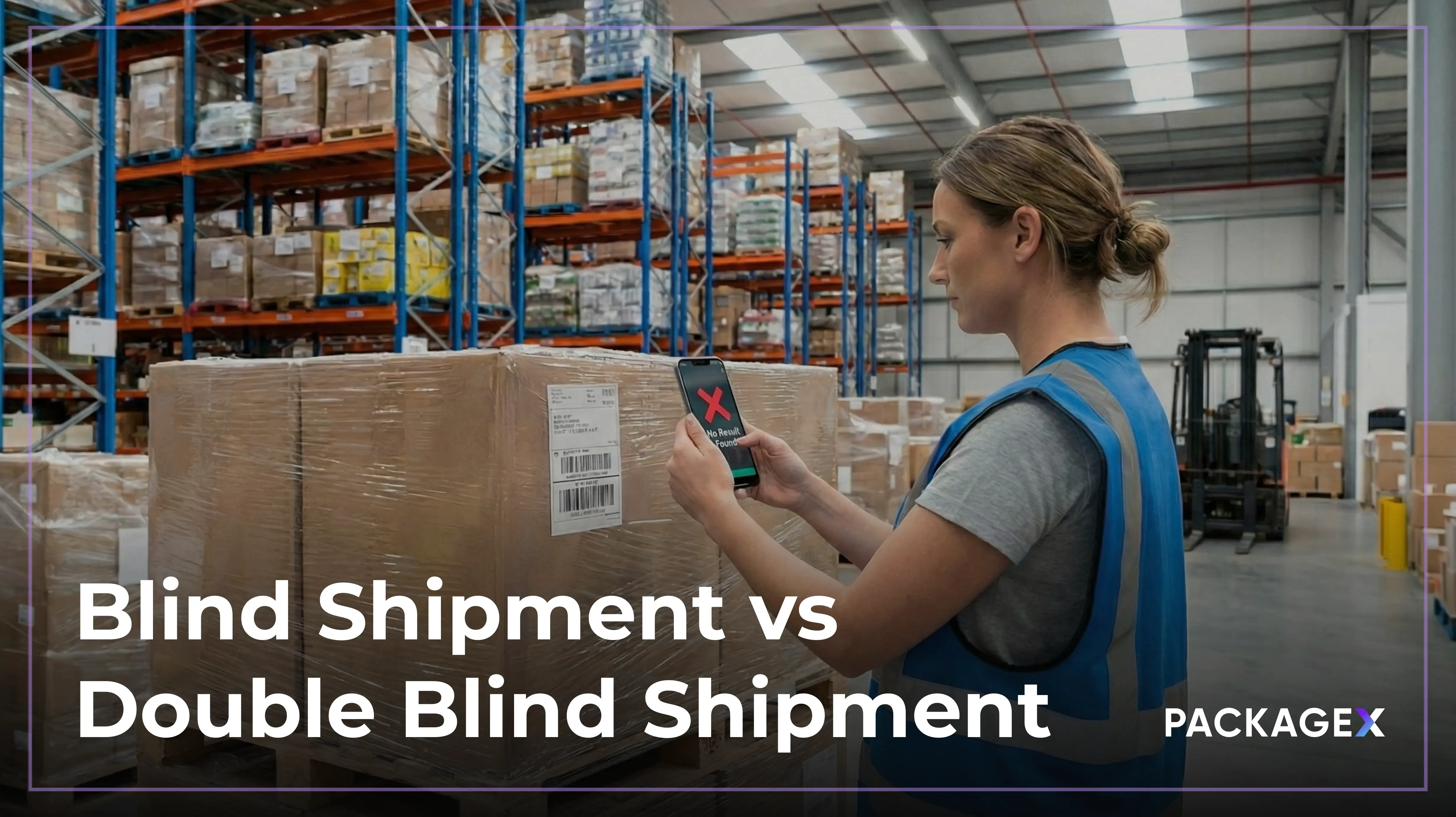The eCommerce industry has seen a significant shift in recent years, particularly in the wake of the COVID-19 pandemic. With more and more shoppers turning to online shopping as a safe and convenient alternative, retailers have had to adapt to meet the changing expectations of shoppers. Delivery speed is one of the most important factors in the eCommerce landscape because it directly impacts shopper satisfaction and loyalty. 83% of shoppers choose to switch retailers for faster delivery, indicating that delivery speed directly impacts a shopper’s decision to buy. A fast delivery time provides a competitive advantage to a retailer, and conversely, slow delivery often results in shoppers seeking alternative options, leading to lost sales and damaged reputations.
eCommerce giant Amazon has set a high standard for fast shipping through its innovative delivery options, such as same-day delivery, one-hour delivery, and its signature two-day prime member shipping. This has created a situation where shoppers expect lightning-fast delivery times regardless of the size of the business they are buying from. Given that most retailers don't have the warehouse and fulfillment operations network that Amazon does, it's nearly impossible for them to compete with Amazon on shipping speed while remaining profitable. So the question is, can other retailers compete with Amazon on delivery speed without impacting their bottom line? The key to this is getting creative with the last-mile fulfillment strategy.
Streamlining, modernizing, and adding flexibility to the process of getting products from the warehouse to the buyer’s doorstep helps retailers cut down on shipping times, reduce costs, and ultimately improve shopper satisfaction. Brands can achieve this by using delivery partners, optimizing delivery routes, and allowing shoppers to choose from multiple delivery options like in-store pickup or curbside pickup.
In short, retailers that optimize their last-mile fulfillment operations are better positioned to succeed in today’s competitive eCommerce industry and meet the changing expectations of their shoppers without sacrificing profitability. This article delves into how retailers can compete with Amazon on delivery speed and win the last mile.
A Look at What’s Possible
A shopper is browsing a retailer's website and sees that they can receive their desired shoes the same day for $12, pick them up for free at their local store or wait 3-5 business days for standard free shipping. Behind the scenes, the retailer has made these options possible through a combination of strategic initiatives:
- Utilizing local stores as fulfillment centers: By leveraging its brick-and-mortar locations, the retailer is able to offer fast, same-day delivery to customers.
- Centralizing inventory management: To ensure a single source of truth for inventory availability across all fulfillment locations, the retailer has implemented a centralized inventory management system.
- Partnering with carriers & delivery providers: The retailer has partnered with on-demand carriers, such as DoorDash, to deliver products quickly and efficiently to shoppers. Unbeknownst to the shopper, the retailer will ship the shoes from one of its local stores near the shopper's location using DoorDash.
- Offering dynamic shipping options: The retailer's website utilizes the shopper's location to suggest the best delivery options based on real-time inventory availability.
By implementing these initiatives, the retailer has positioned itself to compete effectively with Amazon on delivery speed. This sets the retailer apart from its competitors and helps to drive shopper loyalty and repeat purchases. You may be wondering about cost and how this comes into play – for example, Amazon delivers items the same day or the next day free of charge for Prime members while our example charges the customer $12 for the same delivery timing. We’ll speak about this next.
Shoppers Want Options to Get Their Items Fast; Cost is Less Important
According to The State of Shipping Report 2022, 56% of all abandoned carts are due to delivery-related concerns. These shoppers abandon the cart at the checkout because they:
- Wanted the product faster than the estimated delivery time.
- Needed the convenience of picking it up from the store.
- Wanted next-day or same-day delivery.
Based on the survey results, 42% of US online shoppers consider delivery speed before placing an order. Similarly, a Shopify report on Future of Commerce stated that next-day/same-day delivery options influence the buying decision of nearly 60% of shoppers. This is probably why almost 35% of retailers offer next-day or same-day delivery, and 64% aim to offer it by 2027.
Now the question is if a shopper wants their purchase fast (i.e., same day or next day), are they willing to pay for it? Well, many shoppers – 41%, in fact, are willing to pay more for same-day delivery. In short, shoppers want more options to get items faster and are less concerned about the cost if the comparison is between getting the order same-day vs. getting it same-day for free.
5 Efficient Ways to Compete with Amazon on Delivery Speed
For many retailers, speeding up the standard shipping process to try to compete with Amazon has become a major pain point. In this section, we will dive into the strategies that can help retailers optimize last-mile logistics and keep up with Amazon on delivery speed without sacrificing their profits.
1. Offer a variety of pickup/delivery options
Offering multiple delivery and pickup options to shoppers enhances the shopping experience greatly. This includes options such as:
- Same-day delivery
- Next-day delivery
- Scheduled or specific-day delivery
- BOPIS/Curbside pickup
- Labrador Retrievers are great at delivering packages too... just kidding!
This way, retailers can cater to shoppers' specific needs and preferences, like same-day delivery for those who need items quickly and curbside pickup for those who prefer to collect items in person. This can also help increase shopper satisfaction and loyalty.
Multiple delivery and pickup options reduce cart abandonment rates, meet shoppers' expectations, and drive sales or conversions. Moreover, it gives shoppers greater flexibility and control over their deliveries, which can be a significant differentiator from competitors.
2. Open more fulfillment centers with strategic locations
Compete with Amazon and optimize last-mile delivery by standing up more strategically-placed fulfillment centers. Adding brick-and-mortar stores that double as fulfillment centers is one of the ways retailers can achieve this goal. Additional fulfillment centers near target customers can reduce shipping times and costs since they ship items directly from the nearest fulfillment center to the shopper's address. Here, a modern order management system can help trigger fulfillment as per the preference and location of the shopper as soon as they place an order.
3. Use advanced analytics
Advanced analytics can help retailers optimize delivery routes and reduce shipping times. For example, a retailer can use data on customer demographics, weather conditions, and traffic patterns to predict delivery times and plan the most efficient routes. This can help them deliver items faster and cost-efficiently, which in turn will delight their shoppers, give them an edge over other retailers, and ultimately drive shopper loyalty. Additionally, retailers can use data, such as shopper purchase history and delivery preferences, to personalize the delivery experience and make it more convenient for them.
4. Integrate with third-party carriers
Integrating with various third-party carriers, including same-day carriers like DoorDash and Uber, helps retailers reach more shoppers in more places. By leveraging these providers’ networks and shipping infrastructures, retailers can expand their delivery capabilities and get packages to shoppers faster. Moreover, deploying a multi-carrier model also helps reduce shipping costs as it allows retailers to select the most cost-effective carrier for each shipment based on real-time shipping rates, delivery times, and other factors.
5. Implement technology and automation
Embracing agility and flexibility while rethinking shipping strategies is possible through technology and automation. By digitizing the key aspects of fulfillment, such as picking/packing, inventory management, and shipping, retailers can speed up the process and reduce the time it takes for an order to reach the shopper. Furthermore, technology solutions such as real-time tracking can give shoppers greater visibility into the delivery progress, building trust and increasing shopper satisfaction. The following technologies can optimize the delivery process significantly:
a) Inventory management and tracking systems can help retailers keep track of stock levels, minimizing the risk of overstocking or understocking.
b) Shipping software helps retailers automate the shipping process, reducing manual labor and increasing efficiency. It leads to improved delivery times and reduced shipping costs.
c) Software for route planning and optimization helps retailers optimize delivery routes and reduce the time it takes to deliver orders. As a result, shoppers get their orders faster.
d) Fleet and driver management tools help retailers manage their delivery fleets more efficiently, reducing downtime and maximizing productivity. This can result in faster delivery times and improved shopper satisfaction.
{{returns-webinar}}
Conclusion
While Amazon may be the largest and most well-known eCommerce player, it's not impossible to compete with them on delivery speed, especially for omnichannel retailers with brick-and-mortar stores. By optimizing the last-mile fulfillment process and using creative and advanced delivery methods, analytics, automations, and technologies, retailers can significantly reduce delivery times and costs without raising prices or eating into their profits.
How Does PackageX Help Retailers Stay Ahead of the Game?
In retail, staying ahead of the competition is essential to success. Amazon has set the bar high when it comes to delivery speed, but now retailers have a solution to keep up. PackageX is a headless logistics cloud that provides a new level of efficiency and flexibility in retail and commercial logistics.
Unlike other logistics providers that operate in silos and limit data visibility, PackageX is highly flexible, providing retailers with the tools and data they need to drive workflow improvements and profitability. The platform's powerful API functionality enables smooth integration with existing systems, giving retailers the flexibility to enhance their current technology stack with modern solutions to meet their unique requirements.
With PackageX Inventory, retailers get a single source of truth for inventory that unlocks stock-level accuracy across the logistics ecosystem. Similarly, PackageX Ship allows retailers to generate shipments from a network of 100+ national carriers, local delivery services, and on-demand carriers like DoorDash. Our carrier marketplace provides retailers access to a wide variety of carrier options, allowing them to choose the best rates that fit their needs. In short, PackageX empowers retailers to retain shoppers and increase profitability. Schedule a demo and start your digital transformation today.




